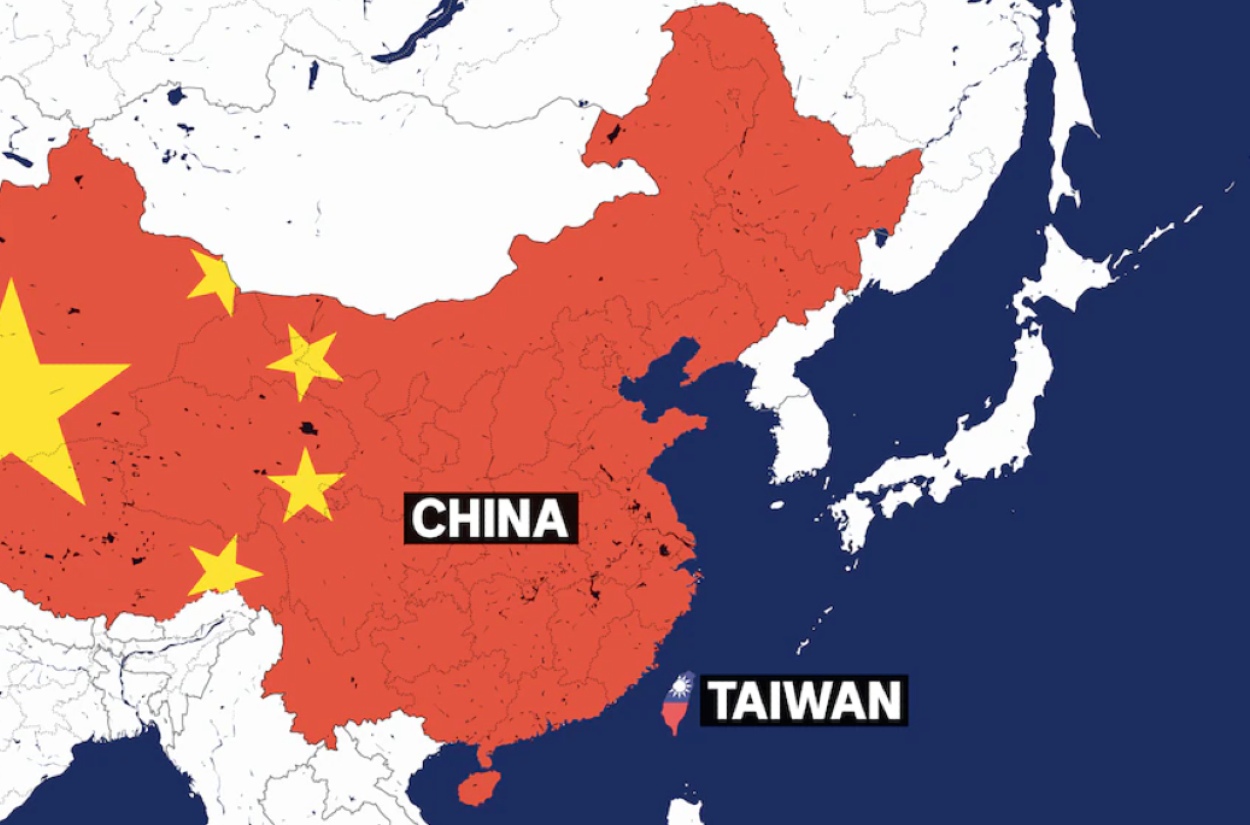A recently released Taiwanese drama, Zero Day, has become a hot topic among movie enthusiasts and defense experts.
The series dramatizes the countdown to a fictional attack by China’s People’s Liberation Army (PLA) on the self-ruled island and has generated significant buzz due to its gripping narrative and real-world implications.
The anticipation for the upcoming 10-episode series was heightened last month when a chilling trailer was released in Taipei during the capital’s annual air drill.
The nearly 18-minute preview depicts the island being attacked by the Chinese military, immersing viewers in a high-stakes situation that seems unsettlingly realistic in light of current geopolitical tensions.
Partly funded by Taiwan’s government, “Zero Day” depicts a Chinese “search and rescue mission” that escalates into a full-scale invasion.
The series showcases a Chinese naval blockade that sparks widespread panic as citizens scramble to flee and others enlist to defend their homeland.
Since its release, the trailer has garnered over 1.3 million views and more than 16,000 comments. The responses have been mixed, with some expressing enthusiasm and backing for the series while others criticizing the use of government funds for its production.
This blend of enthusiasm and skepticism reflects the complex emotions surrounding Taiwan’s current political climate.
The drama’s premise hits close to home for many Taiwanese citizens. For many years, China has cast a shadow over Taiwan, issuing threats of invasion, a situation that has escalated significantly in recent months.
Beijing views Taiwan as part of its territory and has vowed to reclaim the island, using force if necessary. In response, Taiwan has been strengthening its defenses and preparing for a possible unexpected assault.
“Zero Day” promises a meticulous depiction of the invasion scenario, breaking down the process into different phases over several days. This detailed approach aims to immerse viewers in the unfolding crisis, serving as a vivid reminder of the persistent dangers confronting Taiwan.

Countdown To Conflict
The trailer for the highly anticipated Taiwanese drama Zero Day kicks off with the ominous “Day Z,” the abbreviation for Zero Day, signifying the day the People’s Liberation Army (PLA) lands in Taiwan. The trailer masterfully builds tension by showcasing the events of the seven days leading up to this critical moment.
The trailer begins with a Taiwan news channel reporting that a Chinese People’s Liberation Army Y-8 aircraft had crossed the South China Sea before “suddenly vanishing from the radar screens.”
A news anchor warns viewers, “China is blocking Taiwan’s waters under the pretext of search and rescue.” The announcement sets off a wave of panic as the Taiwanese army retreats and the PLA lands on Kinmen, a frontline island off China’s coast, marking what is later described as a “declaration of war from China.”
On “Day Z-7: Blocking Taiwanese Waters,” the PLA Navy and Air Force encircle Taiwan under the guise of a search and rescue mission. The Chinese forces spread propaganda, urging Taiwanese citizens to abandon resistance and sign a peace agreement. Chilling scenes depict eerily silent neighborhoods as tanks roll through streets and jets roar overhead.
Next, “Day Z-6: Collapse of the Financial System” illustrates a catastrophic financial meltdown. The stock market crashed, leading to a halt in trading and a run on banks, which subsequently closed. The shutdown of shipping in the Taiwan Strait triggers global economic turmoil.
“Day Z-5: Evacuation” features scenes of evacuation as countries issue travel alerts and announce the evacuation of their citizens from Taiwan. The trailer shows individuals from various nations, including Vietnam, contemplating their departure from the island.
On “Day Z-4: Public Infrastructure Suspended”, public infrastructure grinds to a halt due to hacker attacks and espionage, resulting in widespread disruptions to water, power, and internet services.
Amid this chaos, the Taiwanese President addresses the nation, only to be interrupted by a broadcast from Chinese state TV. A female newsreader instructs Taiwanese citizens to “follow the instructions” of Chinese soldiers, with messages plastered across screens island-wide, urging people to “raise their arms” and inform PLA soldiers of any hidden pro-independence activists.
“Day Z-3: Social Unrest” depicts the infiltration of Taiwan’s underground and social groups by China. The phase reveals prisons releasing dangerous criminals, inciting widespread disorder.
“Day Z-2: Fifth Column” illustrates the rise of internal collaborators in Taiwan who, under pressure and incentives from the PLA, believe that the PLA can create a new regime in Taiwan. These collaborators brandish pro-Beijing flags and resort to armed resistance.
“Day Z-1: Total Chaos” shows severe supply shortages and complete disruption of water, electricity, and telecommunications, prompting a desperate exodus of citizens.
Finally, Zero Day arrives. The trailer depicts the beginning of the invasion, with a Chinese anchor declaring, “Dear Comrades, We Belong to the Same Family.” This signals the start of a chilling and suspenseful series that mirrors real-world fears and tensions.
The “Zero Day” trailer effectively sets the stage for a gripping drama that will not only entertain but also provoke deep reflection on the precarious state of Taiwan’s security and sovereignty.
- Contact the author at ashishmichel(at)gmail.com
- Follow EurAsian Times on Google News




